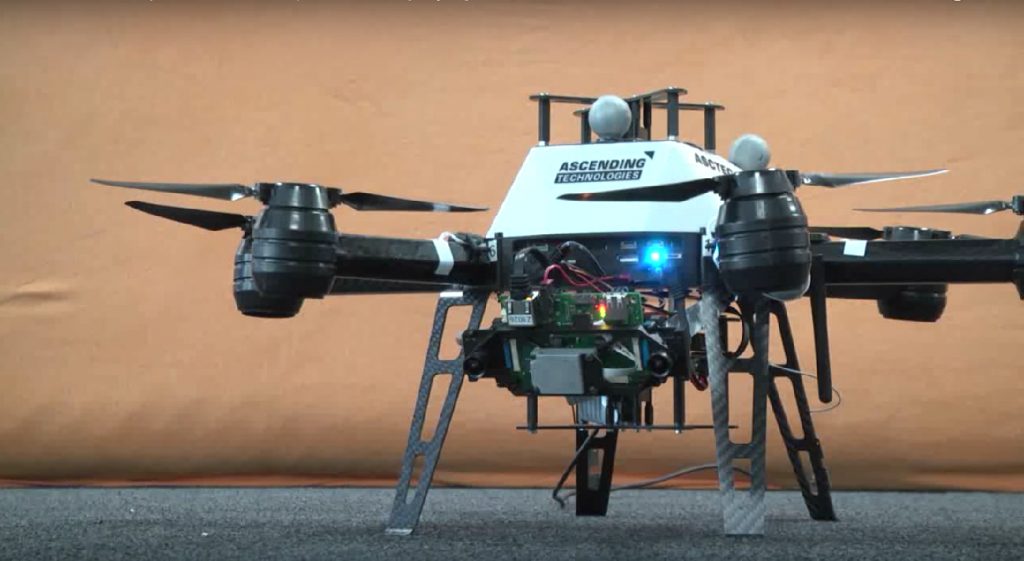Since their arrival in the market, drones are celebrated toys for technocrats. They can range from the size of aircraft to the size of bees. They are a fair fusion of UAV systems that require a supervisor on the ground, and some sorts of wireless communication like radio signals amid the drone and the operator. The smaller drones are driven by rechargeable lithium-polymer batteries, while the bigger ones may use airplane locomotives. Many drones are manufactured through carbon fiber which makes them easy and light to land without troubling the atmosphere. However, the aviation administrations of the said state require that drones endure within the pilot’s sightline; larger drones that fly lengthier distances must acquire more complex licenses that consent them to hover outside of the sightline. Read on to know how Drones are contributing to science exploration.
- Drones and Their Applications
Based on their assignment, drones are prepared with diverse equipment or payloads. Digital cameras can recognize animals and plants, and help generate 3D drawings. Thermal cameras sense heat from living individuals like stressed plants or animals, along with water. Hyperspectral imaging detects sorts of water and plants over measuring reproduced light and can read a wider range of wavelengths than the human eye can perceive. Also, there are countless other applications that a DJI Inspire can fulfill with elegance like delivery packages, medications, military purposes, and so on. Here are the environmental and scientific applications of drones.
- Drones for Wildlife
Drones can track sea animals, count animal populations and observe enforcement in nautical conservation areas. University of Duke’s drones recently exhibited that grey seals are swimming back to Canadian coasts and the New England down to conservation efforts. Scholars at Ocean Alliance made a drone to fly low over a whale to seize spray from the mammal’s blowhole. They then examined the collected DNA to study the whale’s microbiome, pregnancy, and stress hormones. Drones are also utilized to keep track of rare species and to fight pilferers. While defending wildlife with drones appears like an apparent application, there has not been ample research prepared on the genuine effects of drones on wildlife. Some studies conducted through drones also pointed out that certain species are stressed due to the presence of a drone.
- Drones for Land, Sea, and Atmospheric Research
Infrared imaging expresses the heat of any surface, whether land, ocean or ice. The heat maps help govern rates of exchange between the atmosphere and ocean; the phases of ice evolution, dissolve or refreezing; the hotness of the meltwater concerning ocean water and how sea ice floats. The perceptible hyperspectral camera can demonstrate when ice disintegrates and sunlight breaches, which can affect when phytoplankton blooms befall. Since phytoplankton engages solar energy, this may bring about more marine heat near the surface, which can disturb ice melt.
- Limitations of Drones
No matter how advanced a product is, there are certain restrictions on them. Drones are persistently being upgraded: making them more compact, inexpensive and more adept. Although they have great potential for scientific exploration, they have some negatives. Minor ones cannot fly beyond the pilot’s sightline, restricting the size of the extent they can cover. Bigger ones require many people to fly them and solemn practical expertise to drive them. Not to forget the risk of dropping a drone over accidents. And since drone use in science is yet in the beginning, scientists are erecting the rules as they drive, discovering their way programmatically, with limitations on flying them and with funding organizations.
What is stunning about drones is they offer a new terrain for assembling measurements which were not viable before. Nonetheless, you still want to practice the best conceivable platform and instrument for whatnot experiment you are doing. No matter it is the drone or something else if that can help science go further, then why not? The bottom line is that these drones are known as unmanned aerial vehicles and they can reach areas that humans and other said instruments cannot even think of treading. If the administration controls and provides feasible resources to handle our scientific undertakings with the help of drones, then it is evident that we, as humans, can progress further in lesser time.

